Prefatory images
Texts and Images
The book opens with two full-page miniatures of male saints on patterned grounds. The martyred saints, St Edmund of Bury and St Andrew, serve as focal points of devotion, inviting readers to meditate on spiritual truths as they say their prayers.
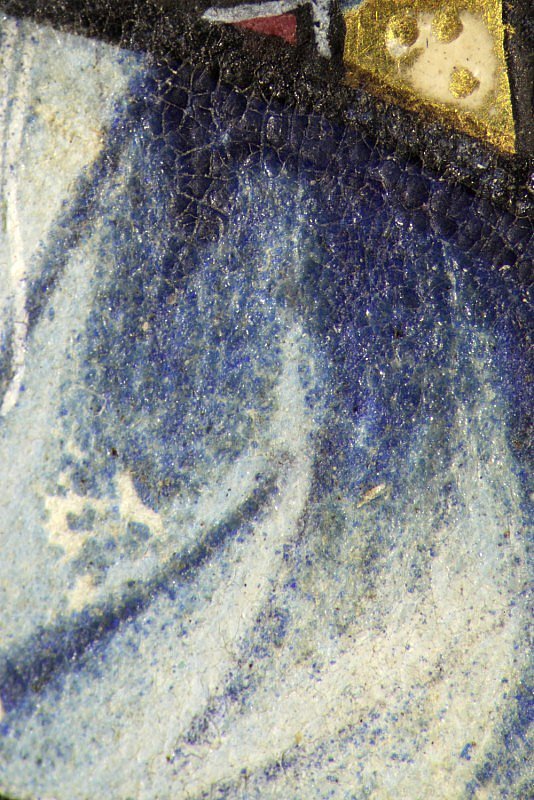
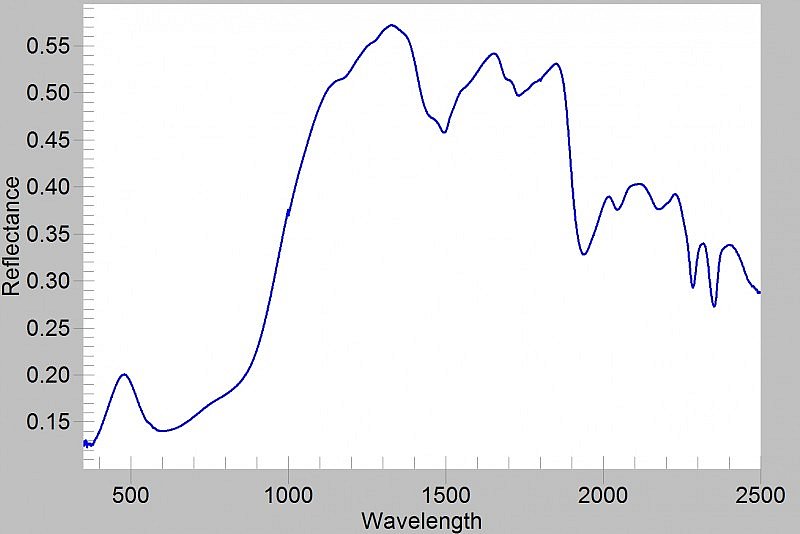
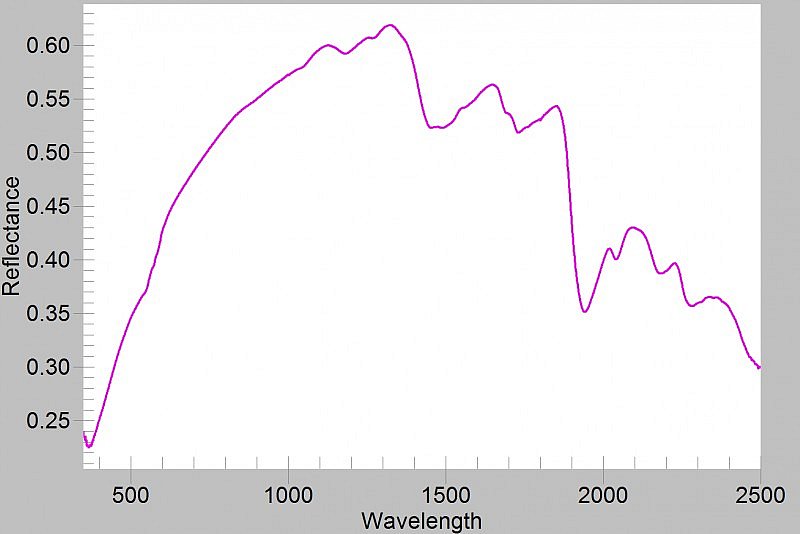
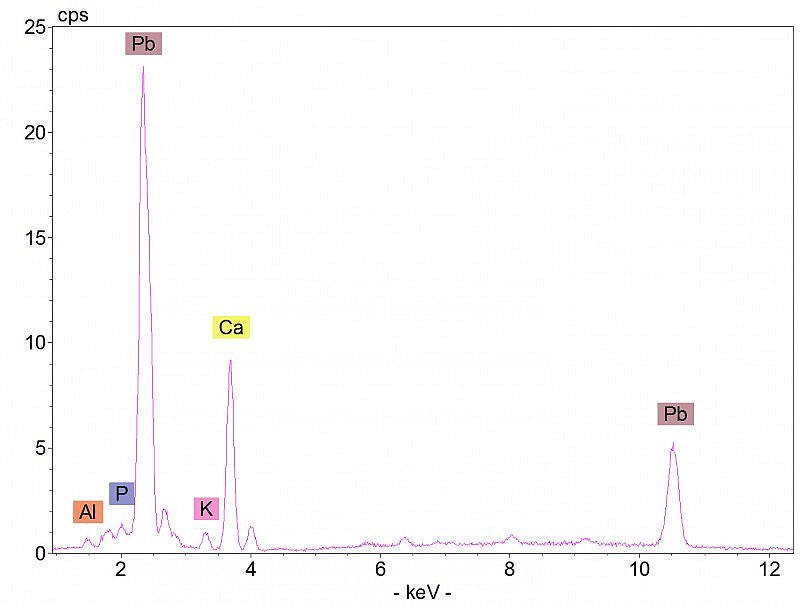
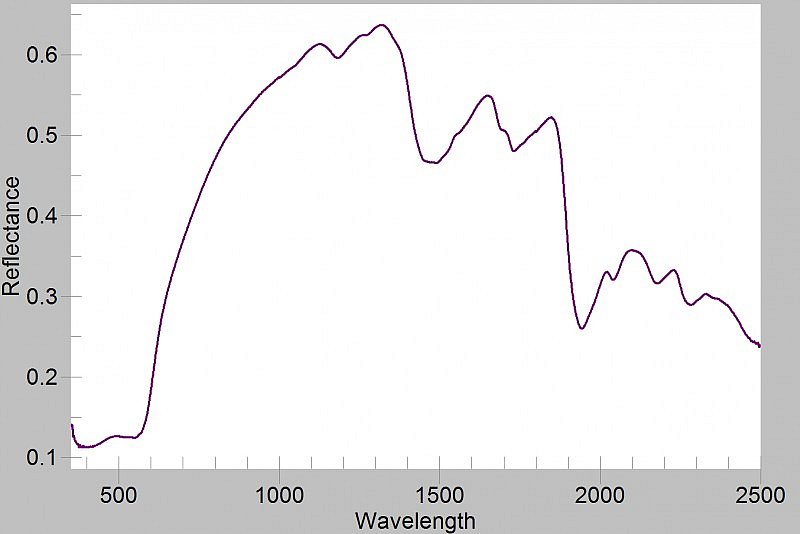
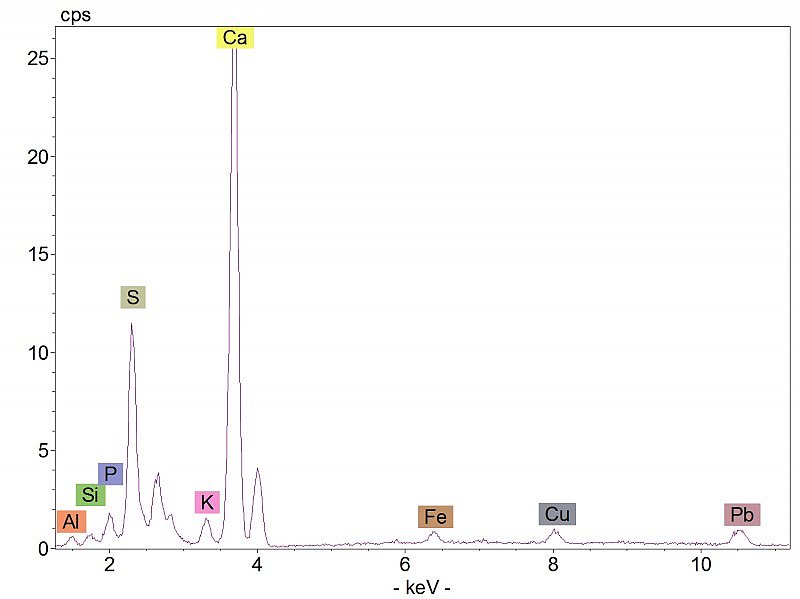
Prefatory image
St Edmund of Bury (841-869), the king and patron saint of East Anglia, was martyred by the Vikings. His pose is elegantly restrained, his gestures solemn and his expression calm, as he clutches an arrow, the symbol of his martyrdom.
St Edmund’s draperies are modelled with gradations of organic pink, verdigris and azurite (hotspot 1) with lead white, to create a three dimensional effect. The different hues of pink found on the page were obtained by adding different white pigments to a red dye. The light pink in St Edmund’s tunic contains lead white (hotspot 2) and the dark pink in the border instead contains gypsum (hotspot 3).